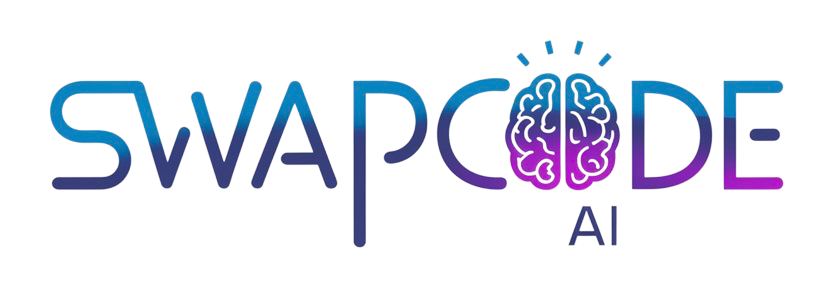Morse Code Text Translator
Convert text to morse code and morse code to text instantly. Free online morse code translator with bidirectional conversion.
Tip: When entering morse code, use dots (.) and dashes (-). Separate letters with spaces and words with forward slashes (/) or multiple spaces.
What is Morse Code?
Morse code is a communication method that encodes text characters as standardized sequences of two different signal durations, called dots and dashes. Developed in the 1830s and 1840s by Samuel Morse and Alfred Vail, it was originally designed for use with telegraph systems but has since found applications in various fields.
Each letter, number, and punctuation mark is represented by a unique combination of dots (short signals) and dashes (long signals). For example, the letter "A" is represented as ".-" and "SOS" is "... --- ...", the famous international distress signal.
How to Use the Morse Code Translator
Choose Conversion Mode
Select "Text to Morse" to convert regular text into morse code, or "Morse to Text" to decode morse code back into readable text.
Enter Your Input
Type or paste your text or morse code into the input field. For morse code input, use dots (.) and dashes (-), with spaces between letters.
Convert and Copy
Click the Convert button to translate your input. The result appears instantly. Use the copy button to copy the output to your clipboard.
International Morse Code Chart
Letters
Numbers
Common Punctuation
Modern Applications of Morse Code
Aviation
NDB (Non-Directional Beacon) navigation systems use morse code to identify beacons. Pilots use these identifiers to confirm their location during flight.
Amateur Radio
Ham radio operators worldwide use morse code (CW - Continuous Wave) for long-distance communication, especially in poor conditions where voice fails.
Assistive Technology
People with severe disabilities can use morse code input devices to communicate, as it requires only binary input (on/off or dot/dash).
Emergency Situations
SOS (... --- ...) remains the international distress signal. Morse code can be transmitted via light, sound, or touch when other communication methods fail.
Frequently Asked Questions
What is Morse code?
Morse code is a method of encoding text characters as sequences of dots (.) and dashes (-). It was developed in the 1830s-1840s by Samuel Morse for telegraph communication and is still used today in aviation, amateur radio, and assistive technology.
How does the morse code translator work?
Our translator converts each letter, number, and punctuation mark into its corresponding morse code pattern using the International Morse Code standard. For text to morse, it maps characters to dots and dashes. For morse to text, it decodes patterns back to readable characters.
Can I translate morse code to text?
Yes! Our tool works both ways. Simply paste morse code (using dots and dashes or dots and spaces) in the input field, and it will automatically decode it to readable text. Separate letters with spaces and words with forward slashes (/).
What characters are supported in morse code?
Our translator supports all letters (A-Z), numbers (0-9), and common punctuation marks including periods, commas, question marks, apostrophes, exclamation marks, slashes, parentheses, ampersands, colons, semicolons, equals signs, plus signs, hyphens, underscores, quotation marks, dollar signs, and @ symbols.
Is morse code still used today?
Yes, morse code remains in use for aviation navigation (NDB beacons), amateur radio, assistive technology for people with disabilities, military communications, and as a backup communication method in emergencies. It's also popular among hobbyists and for educational purposes.
